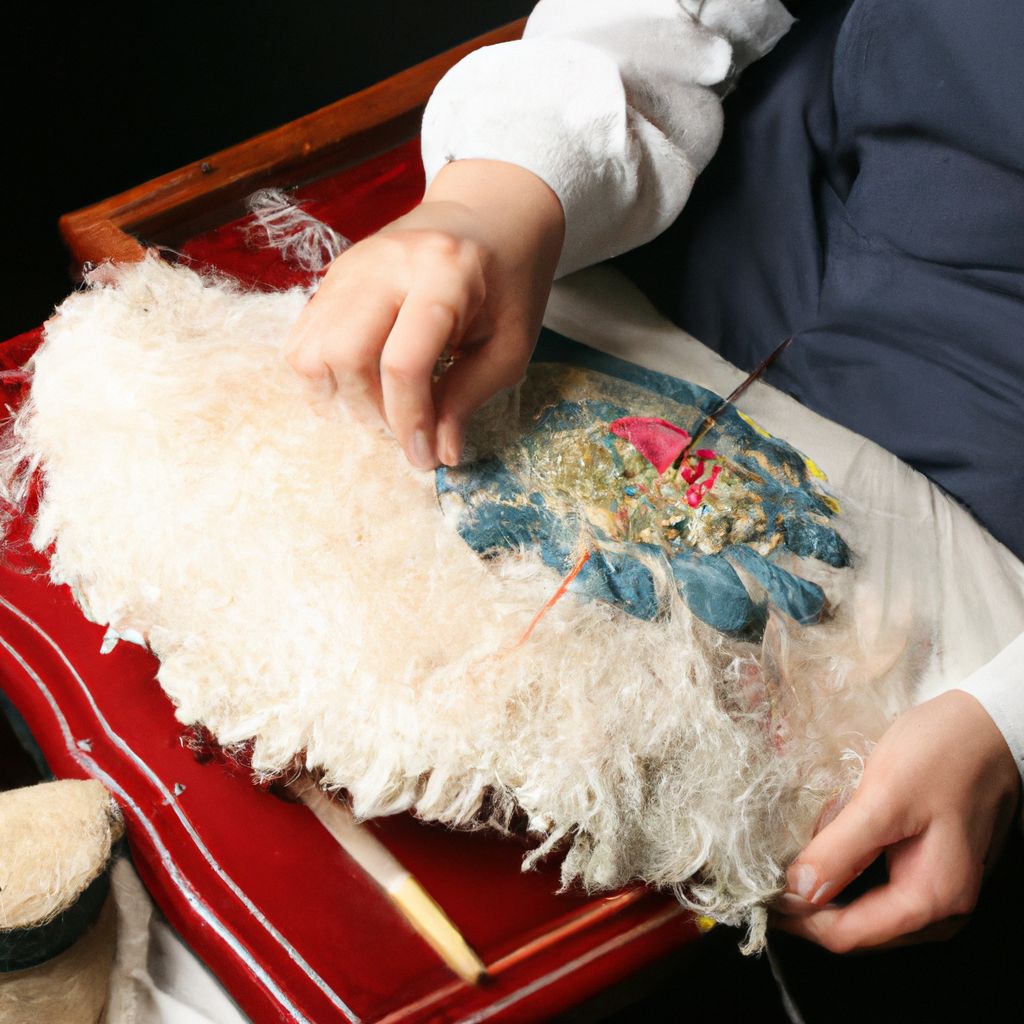- Introduction to Embroidery Care
- Understanding Your Embroidery
- Daily Care Tips for Embroidery
- Cleaning and Maintaining Embroidery
- Preserving Embroidery for the Long Term
- Professional Embroidery Care Services
- Conclusion: The Value of Proper Embroidery Care
Introduction to Embroidery Care

Embroidery is a delicate art form that requires particular attention to maintain its vibrancy and longevity. The intricacy of its design and the investment of time and effort in its creation makes embroidery a precious possession that warrants special care. Proper maintenance and preservation techniques are crucial to keep your embroidery looking its best for years to come.
The importance of embroidery care can't be overstated. Not only does it help in maintaining the artistic appeal and aesthetic value of the work, but it also helps in preserving the cultural and historical significance often associated with such pieces. Embroidery care and preservation are, therefore, critical aspects of textile care.
Understanding Your Embroidery
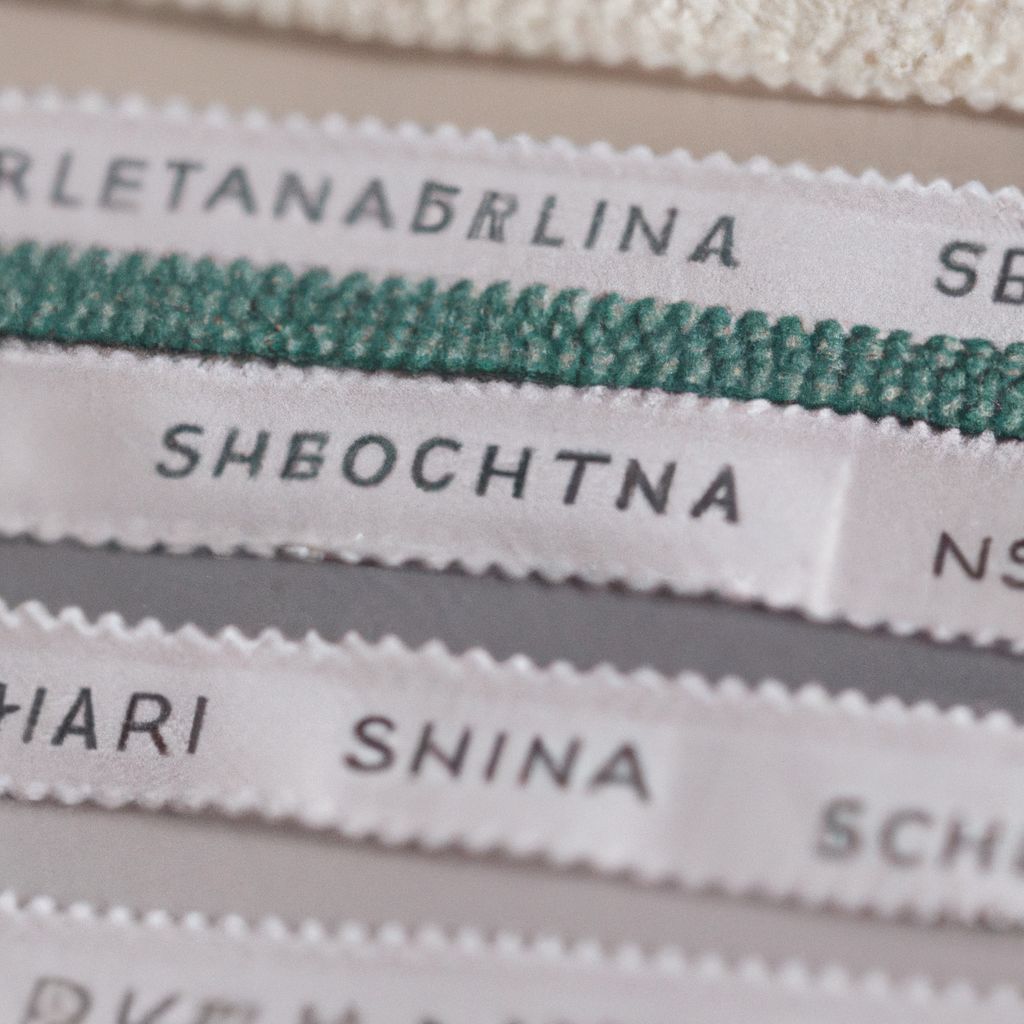
The first step towards effective embroidery care is understanding the type of embroidery you have and the materials used in its creation. There are several types of embroidery, each with its unique characteristics and care requirements.
- Cross-stitch Embroidery
- This type of embroidery involves creating pictures using small X-shaped stitches. It often uses cotton thread on aida or linen fabric. Gentle hand washing using mild soap is the best way to care for cross-stitch embroidery.
- Crewel Embroidery
- Crewel embroidery uses woolen threads on linen or cotton fabric. This type of embroidery requires dry cleaning due to the nature of the woolen threads.
- Goldwork Embroidery
- Goldwork involves the use of metallic threads, sometimes actual gold. These pieces require careful handling and should not be washed. Instead, they should be periodically dusted with a soft brush.
Understanding the materials used in your embroidery will also dictate the methods and products used for its care.
Daily Care Tips for Embroidery

Embroidery is a delicate art form that requires care even in daily handling. Here are some practical tips to help you care for your embroidery on a daily basis:
- Handling Embroidery: Always ensure your hands are clean and dry before touching your embroidery. Oils and dirt from your hands can easily transfer to the fabric, causing staining and damage.
- Cleaning Spills: If a spill occurs on your embroidery, it's best to clean it immediately. Blot the spill gently with a clean, damp cloth. Avoid rubbing as it can push the spill deeper into the fabric and damage the stitching.
- Preventing Damage: Keep your embroidery out of reach from pets and children. Their curious nature and playful antics can result in unintentional damage to your precious pieces.
- Storage: When not displayed, store your embroidery in a cool, dry place. Avoid folding the embroidery to prevent creases. Instead, roll it around a clean, acid-free tube.
Note: These are general tips and may not be applicable to all types of embroidery. It's always best to consult with an expert or perform a small, inconspicuous test before applying any cleaning or maintenance procedure.
Cleaning and Maintaining Embroidery
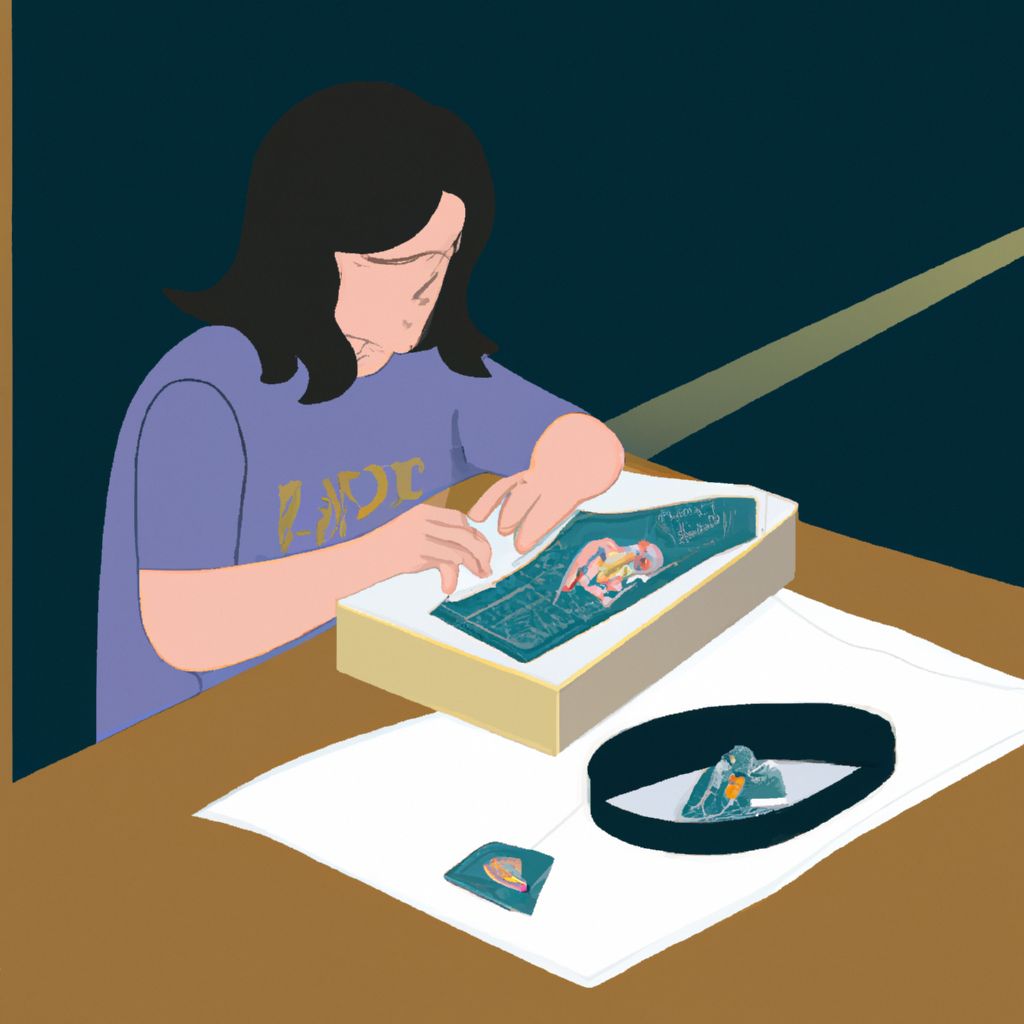
Cleaning and maintaining embroidery can be a delicate task. It's important to follow the right methods to avoid any potential damage to the fabric or threads. Here are some guidelines on how to clean and maintain your embroidery:
- When to Clean: Embroidery doesn't need frequent cleaning. A thorough clean is recommended only when it's visibly dirty or stained. Regular dusting with a soft brush can help maintain its cleanliness.
- What Products to Use: Always use mild, non-alkaline soaps or detergents for cleaning. Avoid bleach or any harsh chemicals that can damage the threads.
- Cleaning Process: Hand washing is the safest method for cleaning most embroidery. Fill a basin with lukewarm water and a small amount of soap. Place the embroidery in the water and gently move it around. Do not rub or wring the embroidery. Rinse thoroughly with clean, lukewarm water.
- Drying: After washing, gently squeeze out excess water. Lay the embroidery flat on a clean towel, reshape it gently if needed, and allow it to air dry. Avoid using a dryer as heat can shrink the fabric and fade the threads.
- Storage After Cleaning: Once completely dry, store the embroidery as per the guidelines mentioned in the 'Daily Care Tips for Embroidery' section.
Remember, each type of embroidery may have specific cleaning and maintenance instructions. Always refer to these before starting the cleaning process.
Preserving Embroidery for the Long Term
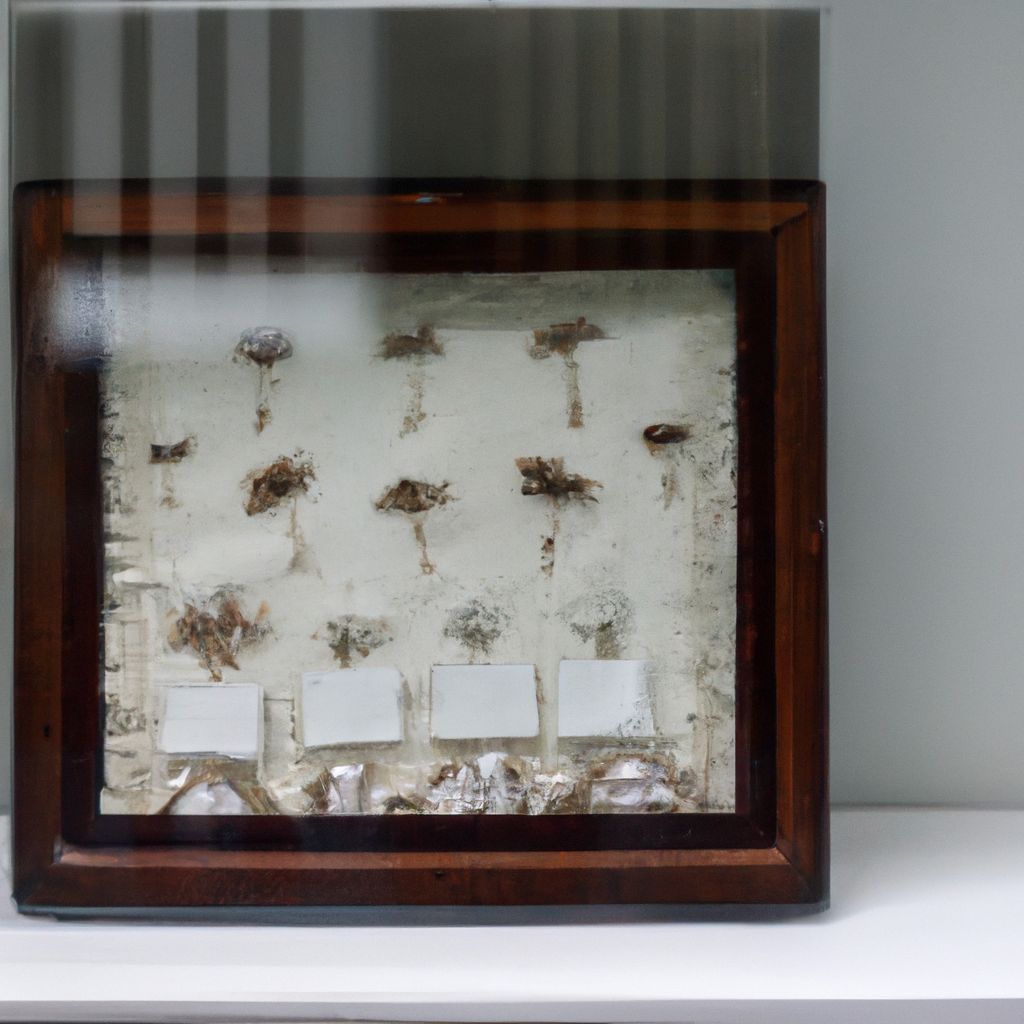
Proper preservation techniques can help keep your embroidery looking new for years, if not decades. Here are some tips for preserving your embroidery in the long term:
- Framing: Framing not only enhances the display of your embroidery but also offers protection from dust and direct handling. However, it's important to use acid-free mats and UV-protective glass to prevent damage from sunlight and harsh chemicals.
- Protective Covers: Using protective covers can help shield your embroidery from dust, light, and accidental spills. Opt for breathable fabric covers to prevent moisture build-up.
- Climate Control: Embroidery should be stored in a climate-controlled environment. High heat and humidity can cause threads to shrink or stretch, and may also lead to mold growth. Aim for a consistent temperature of around 70°F (21°C) and relative humidity of about 50%.
- Regular Check-ups: Take out your embroidery for a regular check-up to inspect for any signs of damage or decay. This can help in early detection of any potential issues, enabling timely intervention and repair.
Proper preservation is the key to maintaining the beauty and longevity of your embroidery. With the right care and attention, your embroidered pieces can remain vibrant and intact for many years to come.
Professional Embroidery Care Services
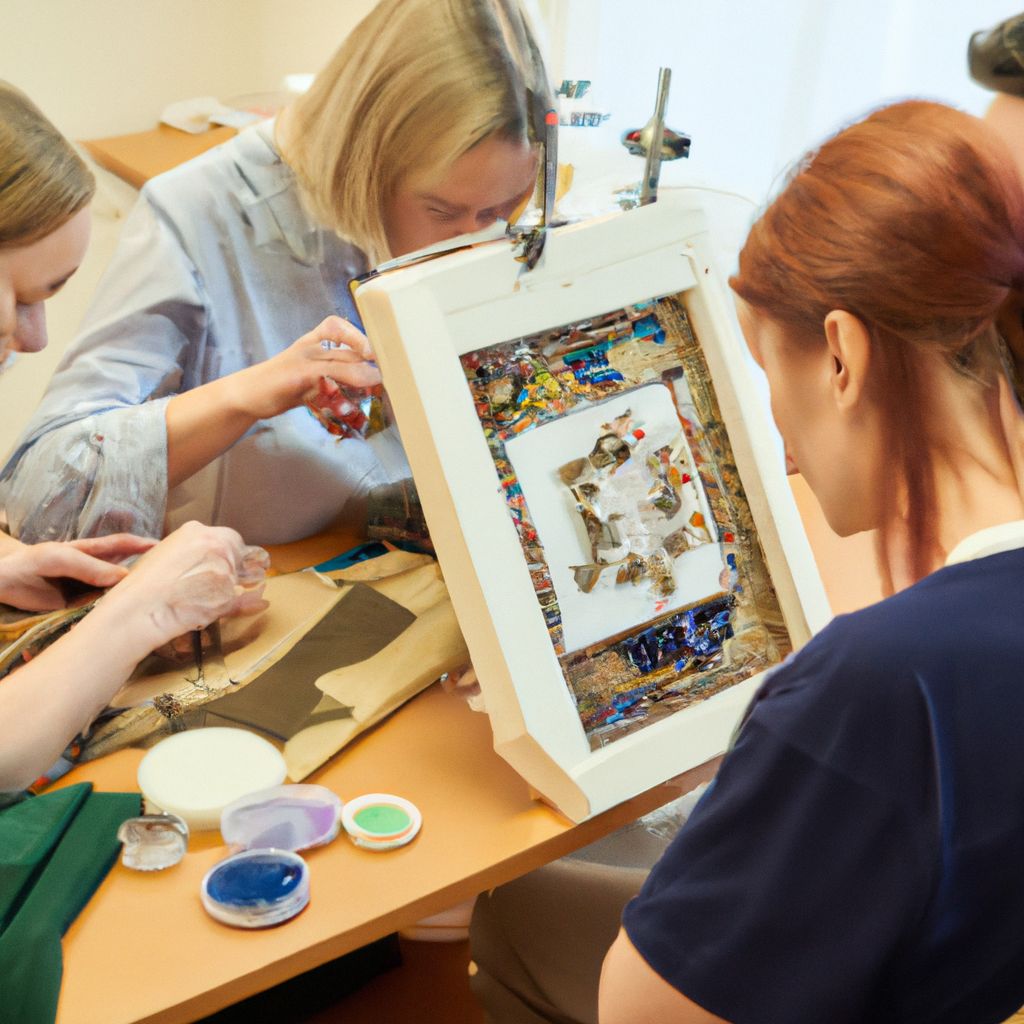
While most embroidery care can be managed at home, there are instances when professional help may be necessary. This could be due to the complexity of the embroidery, the delicacy of the fabric, or the severity of the damage or staining. In such cases, professional embroidery care services can be a viable option.
- Services Available
- Professional embroidery care services often include specialized cleaning, repair, and preservation techniques. They can handle different types of embroidery and fabrics, using specialized equipment and products to ensure the safety and efficiency of the process.
- Choosing a Service Provider
- When choosing a professional service provider, consider their experience, expertise, and customer reviews. Look for a provider who specializes in handling similar types of embroidery and materials. Make sure they can explain their process in detail and provide a clear outline of costs.
Using a professional service can take the stress out of embroidery care, ensuring that your precious pieces are handled with the utmost expertise and care.
Conclusion: The Value of Proper Embroidery Care
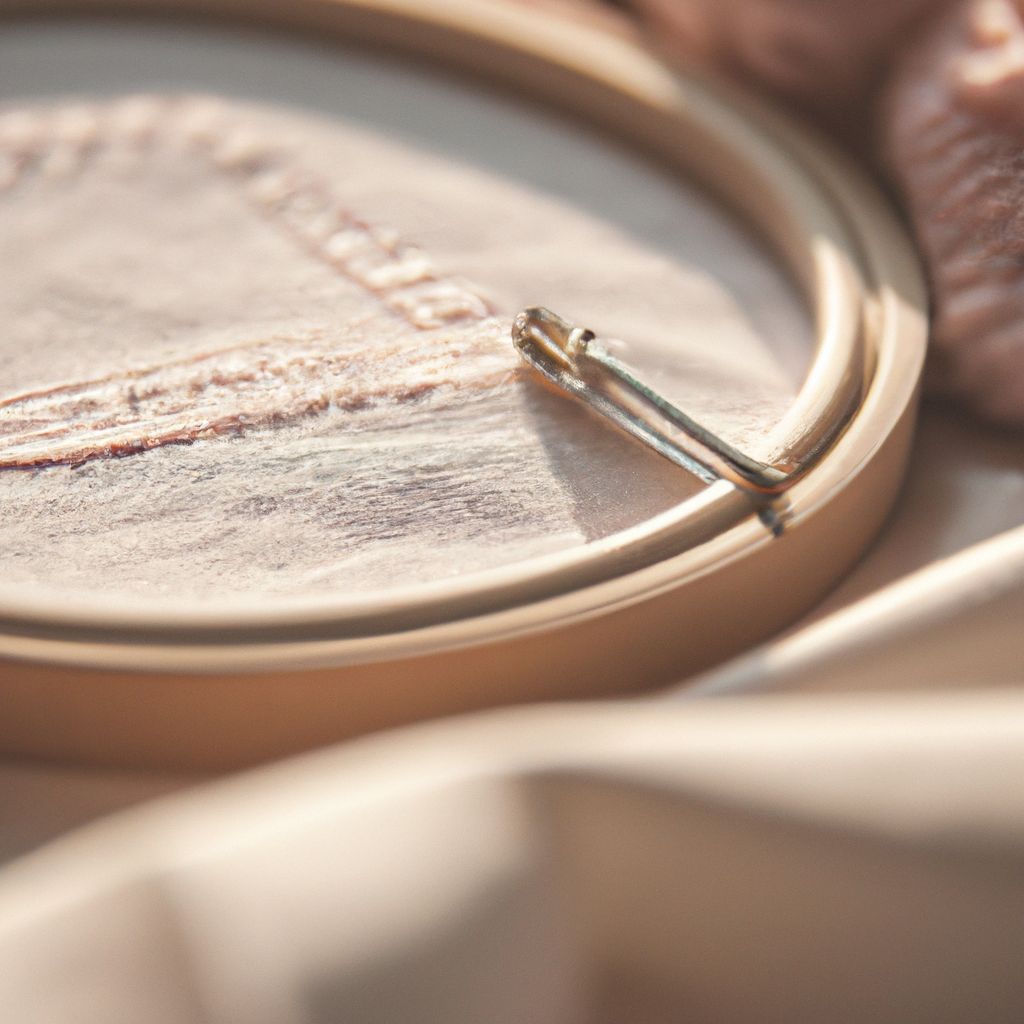
In conclusion, the value of proper embroidery care cannot be overstated. The intricate design, the investment of time and effort, and the often sentimental value associated with embroidery make it a precious possession that deserves the best care and maintenance.
Whether it's understanding the type of embroidery and materials, practicing daily care tips, cleaning and maintaining the embroidery, preserving it for the long term, or opting for professional care services, each aspect plays a crucial role in ensuring the longevity and aesthetic appeal of your embroidery.
By implementing the tips discussed in this article, you can enjoy the beauty of your embroidery for many years and even pass it on to future generations. Remember, every stitch matters, and so does its care!


